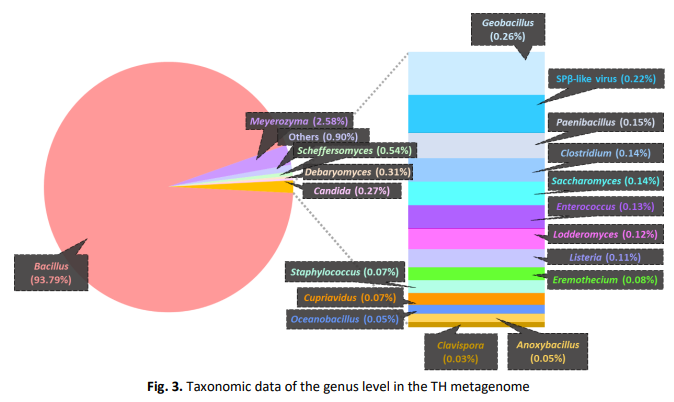Microbial Contamination on Hospital Lift Buttons: A Metagenomic Perspective
DOI:
https://doi.org/10.37934/ard.123.1.922Keywords:
Lift button, hospital, bacterial contamination, metagenomic analysis, fomiteAbstract
Lift buttons in the hospitals, recognised as high-touch fomites, contributed to the transmission of hospital-acquired infections (HAIs) due to frequent contact by individuals from diverse backgrounds and professions. Despite scheduled cleaning with dedicated chemicals, concerns remained regarding the persistence of microbial contamination on these surfaces, especially in Southeast Asia healthcare settings. This study aimed to explore the prevalence of microbial contamination and its diversity at a university teaching hospital (TH) in Pahang, Malaysia, during the COVID-19 pandemic. A purposive swab sampling approach was employed, with the sample collected three times at two-week intervals. Microbial prevalence and diversity were assessed using the standard plate count method and metagenomic analysis. Statistical analysis, including ANOVA and Bonferroni tests, were performed at a significance level of alpha value of less or equal to 0.05. The study revealed a significant prevalence of microbial contamination on interior and exterior lift buttons, reaching 44.4 %. An important difference was observed in the mean bacterial load between horizontal and vertical panel lift buttons, with horizontal panels contributing more to the overall microbial load (p < 0.05). Additionally, a significant relationship was found between the contamination levels of exterior lift button sets and the selected floors (p < 0.05). Metagenomic analysis identified Firmicutes as the dominant phylum, with Bacillus and Meyerozyma as the most prevalent genera. The KEGG pathway analysis emphasised the importance of ABC transporters and two-component pathways, with enriched vital genes involved in iron acquisition, energy utilisation, cell motility and drug resistance. These findings underscored the prevalence of microbial contamination on hospital lift buttons and their ability to adapt to challenging environmental conditions. Given the potential of lift buttons to harbour pathogenic microbes, it was imperative to implement effective infection control measures to minimise the risk of HAIs transmission. Future studies should broaden the scope of the research and explore diverse regional hospitals to understand the microbial contamination pattern on the lift buttons.
Downloads























